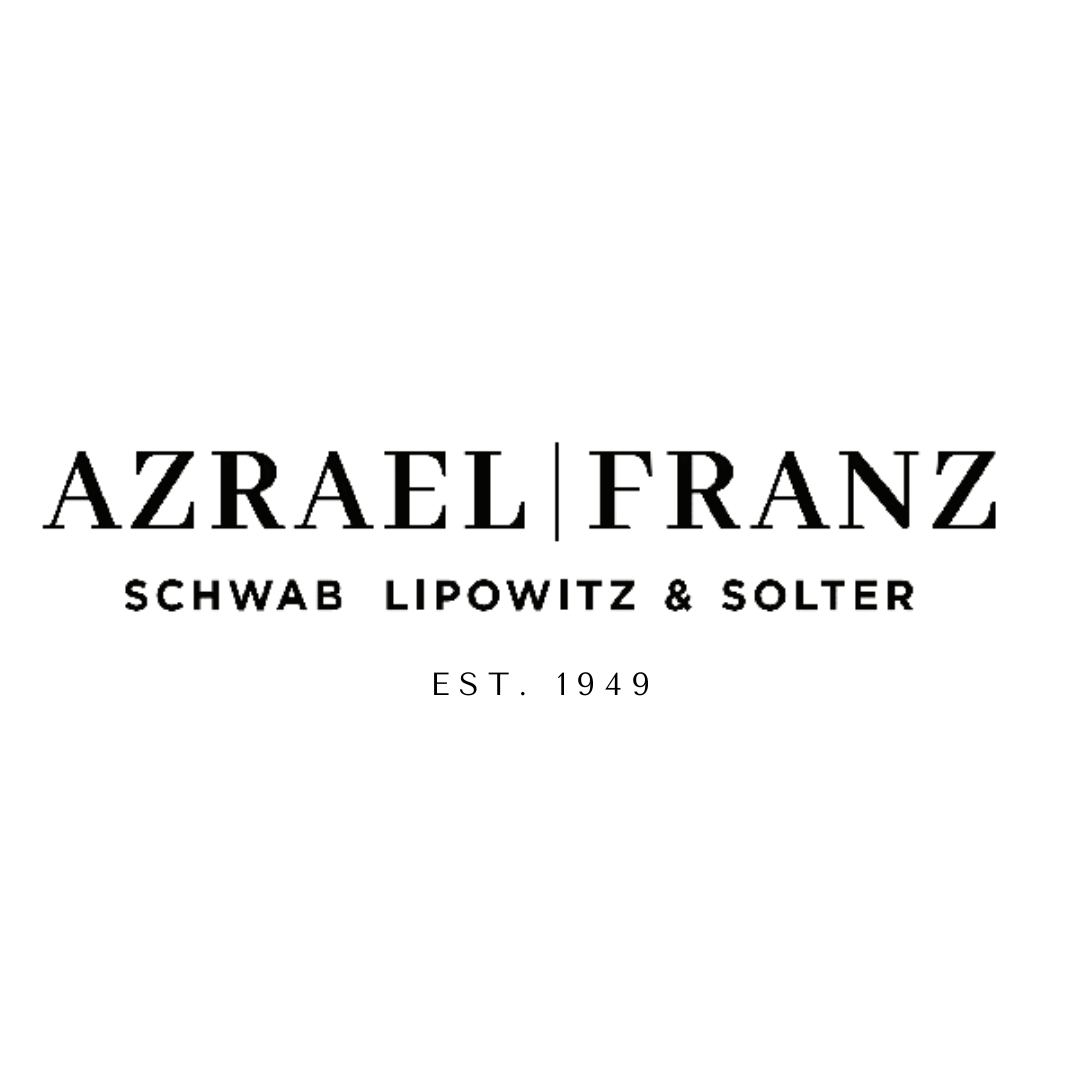What will reopening look like in Maryland? A guide to the Governor’s coronavirus recovery plan
Governor Larry Hogan announced on Wednesday that he is lifting Maryland’s stay-at-home order today, May 15, at 5 PM. This came during a press conference wherein Governor Hogan revealed phase one of Maryland’s coronavirus recovery plan. During the press conference, he laid out what the first phase of re-opening the state would look like.
Larry Hogan announced on Wednesday that he is lifting Maryland’s stay-at-home order today, May 15, at 5 PM. This came during a press conference wherein Governor Hogan revealed phase one of Maryland’s coronavirus recovery plan. During the press conference, he laid out what the first phase of re-opening the state would look like.
What does “phase one” entail?
The first phase of Governor Hogan’s plan allows activities deemed “low risk” to resume, such as opening small shops, businesses, curbside pickup at stores, and limited attendance outdoor religious gatherings. Retail stores will also be able to reopen with 50% capacity, but curbside pickup and delivery is still strongly encourages. The governor also said all manufacturing operations can resume, as long as there are multiple shifts and social distancing is practiced. Hair salons and barber shops can also open up at 50% capacity and by appointment only.
Residents are encouraged to get outside and get exercise. Just as the weather is getting warmer, Governor Hogan has authorize boating, fishing, golfing, horseback riding, tennis and a few other recreational activities. Cities and counties also have the discretion of opening playgrounds and beaches.
What restrictions are still in place?
While some restrictions are being lifted, Governor Hogan still urges residents to stay home except for essential travel like purchasing food or necessary supplies. Furthermore, those who can still work from home should continue to do so.
Gatherings of more than 10 people are still prohibited, and restaurants are not authorized to offer sit-down service.
Face coverings are still required inside restaurants, retail businesses and on public transportation.
What happens in phases two and three?
If phase one goes well without coronavirus spikes, Maryland could move to the next phase.
The second phase consists of allowing “medium-risk” activities. Phase two is authorizes significantly more activities and is predicted to last much longer than the first phase.
Examples of medium-risk activities include: reopening businesses with social distancing measures and masking in place, allowing more than 10 people to gather, holding indoor fitness classes, reopening child care centers, resuming regular public transportation schedules, holding indoor religious services and allowing restaurants and bars to reopen with restrictions.
The plan’s third and final phase of allowing “high risk” activities has “no realistic timeline yet.”
This phase would involve large social gatherings, full service at bars and restaurants, the reopening of entertainment venues and large religious gatherings. There also would be fewer restrictions on visiting nursing home residents and hospital patients.
What about schools?
Decisions on opening public school buildings are made by the state superintendent and are not expressly included in Hogan’s plan. Superintendent Karen Salmon ordered schools to continue online and distance learning for the rest of this school year, and no decision has been made yet whether students and teachers will return to their buildings in the fall. State and local school officials have discussed options for when students do return, such as alternating weeks of in-person and at-home instruction to minimize the number of students in a building at a time. Face masks and temperature checks might be part of the school day.
Will we ever get back to normal?
It is not likely that daily life will return to exactly how it was before the coronavirus pandemic any time soon.
“Even as we begin our recovery, we won’t be able to just flip a switch,” Governor Hogan said. Life is not going to just immediately go back to normal. In fact, it is important to recognize that until a vaccine is developed, the way we go about our daily lives and the way we work is going to be significantly different…”
The governor’s plan indicates that “for the foreseeable future” Marylanders should continue to practice social distancing, wear masks and work from home as much as possible.

